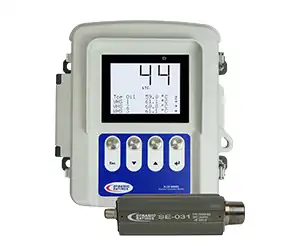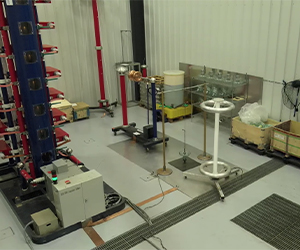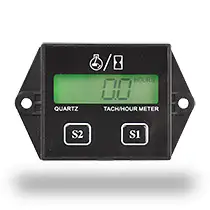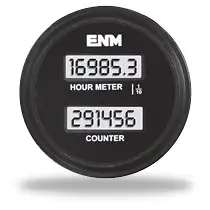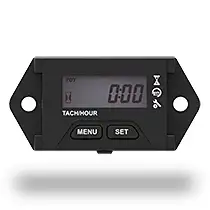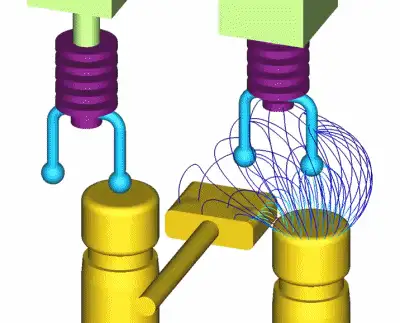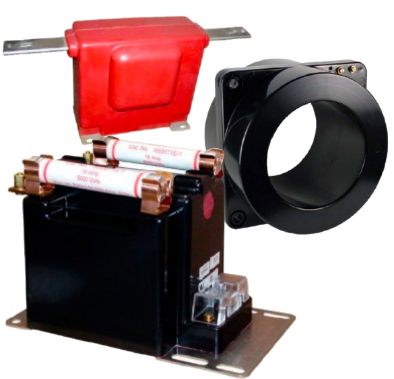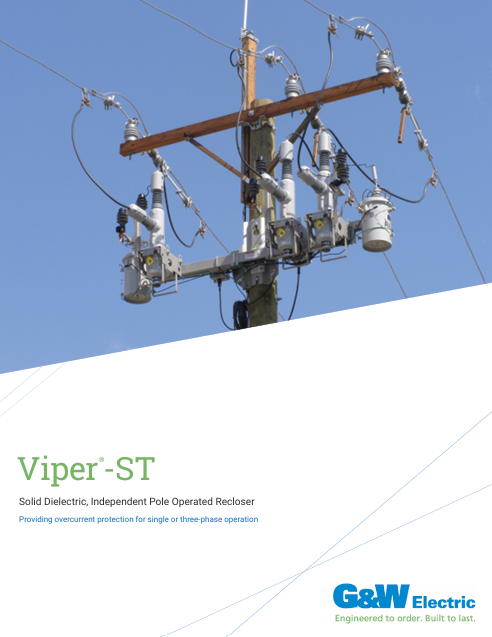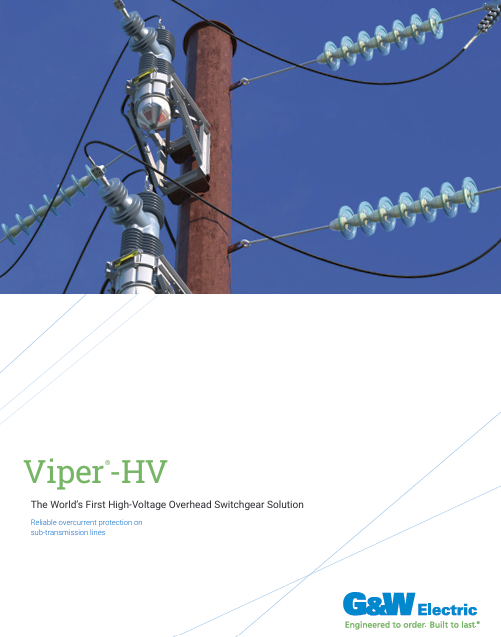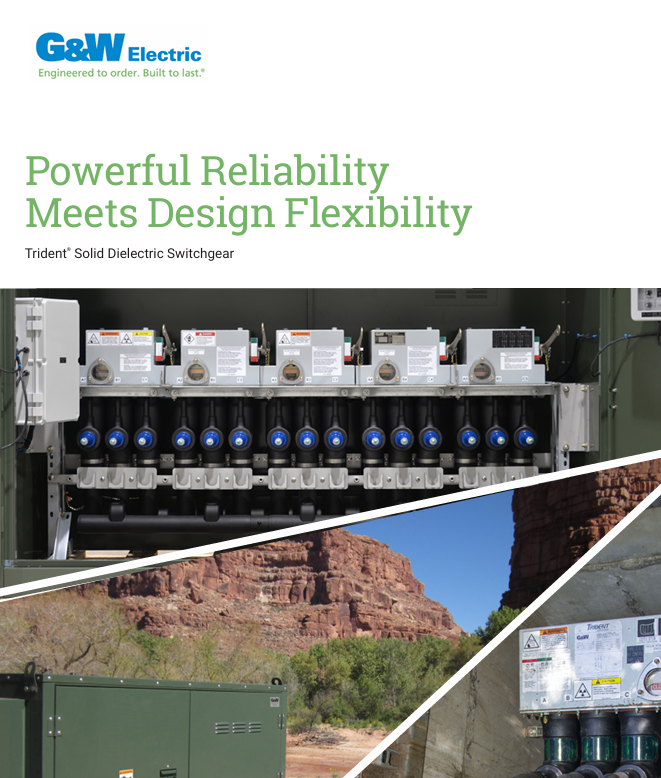What Is A Buck Boost Transformer

A buck-boost transformer is a specialized type used to adjust voltage levels in electrical systems, either increasing (boosting) or decreasing (bucking) voltage to maintain stable power delivery. These transformers are essential in utility and industrial applications where precise voltage regulation is needed to protect equipment and ensure efficient operation. Unlike conventional transformers, buck-boost transformers are compact, cost-effective, and highly efficient for minor voltage corrections. In utility transformer applications, they help mitigate voltage fluctuations, ensuring critical systems receive the correct voltage to function safely and reliably. Understanding how buck-boost transformers work is key to optimizing power distribution and preventing electrical failures.
Electrical Transformer Maintenance Training
Substation Maintenance Training
Request a Free Training Quotation
Voltage Regulation
One of the primary functions of a buck-boost transformer is voltage regulation. Electrical systems often encounter situations where the supplied voltage does not match the required voltage of the equipment. For instance, a piece of machinery designed to operate at 230 volts may be connected to a 208-volt supply line. In such cases, a buck-boost transformer can adjust the supplied voltage to match the equipment's needs, ensuring efficient and safe operation. This voltage correction is crucial in preventing potential damage caused by voltage discrepancies.
Versatile Applications
The versatility of buck-boost transformers allows them to be employed in a wide range of applications. They are commonly used in uninterruptible power supplies (UPS) for computers, heating, ventilation, and air conditioning (HVAC) systems, lighting systems, motor loads, and renewable energy setups. In scenarios where minor voltage adjustments are necessary, such as boosting 208 volts to 230 volts for air conditioning units, these transformers provide an economical and efficient solution. Their ability to handle both single-phase and three-phase systems further enhances their applicability across various industries.
Autotransformer Configuration
A distinctive feature of buck-boost transformers is their autotransformer configuration. In this setup, the primary and secondary windings are electrically connected, allowing for efficient voltage transformation with a compact design. This configuration differs from traditional isolating transformers, as it does not provide electrical isolation between the primary and secondary circuits. However, the autotransformer arrangement is highly efficient for applications requiring small voltage corrections, making it a cost-effective choice for many industries.
Design and Construction
Regarding their design and construction, buck-boost transformers are typically single-phase, dry-type transformers equipped with dual voltage primaries and secondaries. Common secondary voltage options include 12, 16, 24, 32, or 48 volts, catering to various application needs. Their compact and lightweight construction facilitates easy installation and integration into existing systems. Designed for both indoor and outdoor use, these transformers are built to withstand diverse environmental conditions, ensuring reliable performance over time.
Advantages and Limitations
When considering the advantages and limitations of buck-boost transformers, several points emerge. Advantages include high efficiency, cost-effectiveness, and versatility in various applications. They are particularly beneficial for minor voltage adjustments, offering a straightforward solution without the need for more complex equipment. However, it's important to note that they do not provide electrical isolation between the primary and secondary circuits, which may be a requirement in certain applications. Additionally, they are not suitable for large voltage transformations; their design is optimized for small voltage corrections, typically within a 5-20% range. Therefore, for significant voltage changes, other types of transformers would be more appropriate.
Frequently Asked Questions
How does a buck-boost transformer work?
A buck-boost transformer is a type of transformer designed to either increase (boost) or decrease (buck) the voltage in a circuit. It works by utilizing a specific turn ratio between the primary and secondary windings that allows it to adjust voltage levels. The transformer either steps up or steps down the voltage by a small amount, making it suitable for correcting minor voltage imbalances or adjusting voltages in a system to match equipment specifications. The buck-boost transformer is typically connected in series or parallel with the load to achieve the desired voltage change.
What are the applications of a buck-boost transformer?
Buck-boost transformers are commonly used in applications where small voltage adjustments are needed. Some typical applications include:
- Voltage Regulation: Correcting slight voltage drops or surges in power distribution systems.
- Equipment Protection: Ensuring that equipment receives the correct voltage, such as in HVAC systems, motors, and lighting systems.
- Electrical Systems: Adjusting voltage in industrial plants, commercial buildings, or residential applications where there is a need for minor voltage correction.
- Farm and Agricultural Operations: Used in agricultural machinery and systems to adjust the voltage for motors and other equipment.
What is the difference between a buck-boost transformer and an isolating transformer?
-
Buck-Boost Transformer: Primarily designed to adjust voltage levels either up or down. It doesn't isolate the load from the source but changes the voltage applied to the load. These transformers are efficient and compact, usually used for small voltage corrections in existing systems.
-
Isolating Transformer: Designed to provide galvanic isolation between the input and output circuits, preventing direct electrical connection between them. It does not adjust the voltage but is used to isolate electrical systems for safety or noise reduction purposes.
Can a buck-boost transformer be used for large voltage adjustments?
No, a buck-boost transformer is generally not used for large voltage adjustments. It is designed to make small changes, usually between 5% and 20% of the system's voltage. For larger voltage adjustments, other types of transformers, such as step-up or step-down transformers, would be more appropriate.
What are the advantages and disadvantages of using a buck-boost transformer?
Advantages:
- Compact and Cost-Effective: Buck-boost transformers are smaller, less expensive, and more efficient than other types of transformers used for voltage adjustment.
- Improved Voltage Regulation: They help maintain stable voltage for sensitive equipment, improving overall system performance.
- Low Power Loss: Due to their design, they provide small voltage adjustments with minimal energy loss.
Disadvantages:
- Limited Voltage Adjustment Range: Buck-boost transformers can only provide a limited voltage adjustment (usually up to 20%) and are not suitable for large voltage changes.
- Not Suitable for High-Power Applications: These transformers are typically designed for low to moderate-power applications and may not handle large currents or high-power systems efficiently.
- Potential for Overload: If incorrectly sized for the application, a buck-boost transformer could become overloaded and lead to failure.
These characteristics make buck-boost transformers ideal for specific, small-scale voltage correction applications but less suitable for more significant power regulation needs.
A buck-boost transformer is a specialized electrical device designed to adjust voltage levels by either increasing (boosting) or decreasing (bucking) the supplied voltage to match the operational needs of electrical equipment. This transformer is primarily used for minor voltage corrections, ensuring that equipment receives the correct voltage to operate efficiently and safely. Unlike traditional transformers, buck-boost transformers are compact and cost-effective, often employed in applications such as HVAC systems, lighting circuits, and uninterruptible power supplies (UPS). While they offer significant advantages in terms of efficiency and versatility, they do not provide electrical isolation and are limited to small voltage adjustments, making them ideal for specific scenarios where precise voltage regulation is needed.
On-Site Training
Interested in cost effective, professional on-site electrical training?
We can present an Electrical Training Course to your electrical engineering and maintenance staff, on your premises, tailored to your specific equipment and requirements. Click on the link below to request a Free quotation.
EF PARTNER MEDIA
Videos
Product Showcases
Shared Media

